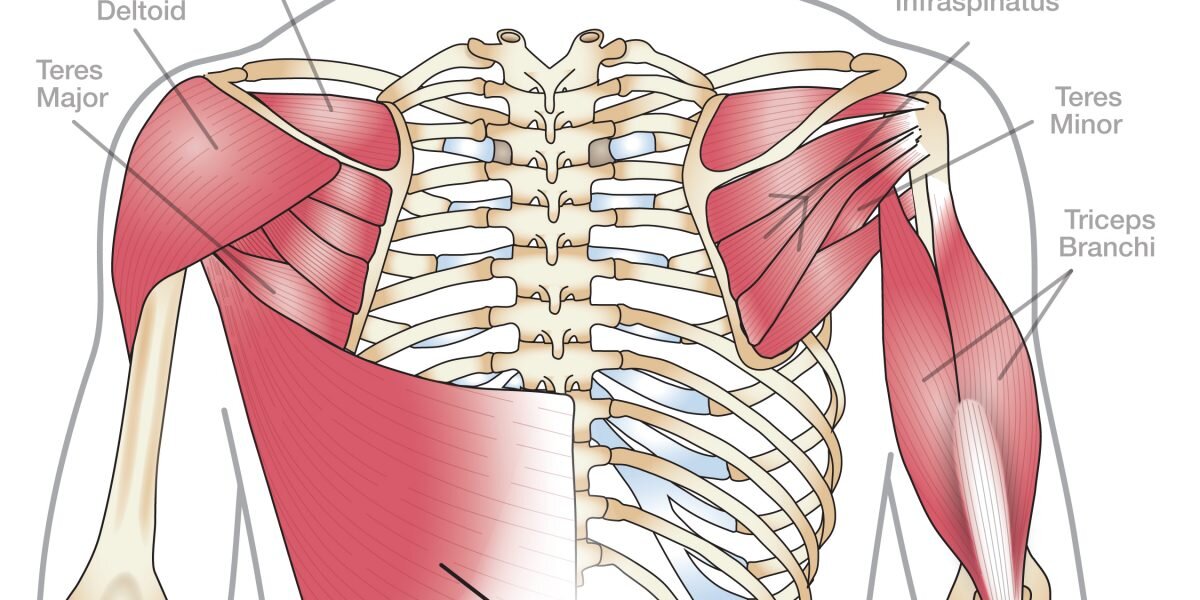Rotator Cuff Overview
Almost everyone has heard of the rotator cuff “cup” and has either been told theirs is bad or know someone who’s had an injury or surgery for it. Let’s analyze what the rotator cuff is and why it’s so important.
The rotator cuff is a collective term used for a group of muscles around the shoulder joint:
Supraspinatus
Infraspinatus
Teres Minor
Subscapularis
Let’s first talk about the anatomy of the shoulder. The shoulder joint is a “ball and socket joint” and is often compared to a golf ball on a tee. This design gives the shoulder a considerable amount of mobility. The shoulder joint is inherently unstable, and, as a result, the body uses the rotator cuff muscles to help stabilize the shoulder through the various motions and positions of the shoulder. Each of these muscles has its own specific purpose and action, but they also work together to achieve stability in the shoulder. The shoulder is stabilized by the joint capsule, ligaments, and the rotator cuff. The capsule and ligaments act as “passive” stabilizers, whereas the rotator cuff muscles are “active” stabilizers. These muscles work to keep the head of the humerus (the ball) centered in the socket during active motions.
Rotator Cuff Pathology
When the Rotator cuff is not working properly due to injury or weakness, it can result in dysfunctional joint movement and ultimately lead to shoulder impingement. This can lead to some discomfort with overhead motions, and at this point many people do not seek treatment because even though the shoulder is sore it isn’t limiting their function yet (ie. they’re still able to do the things they want to do, but it just hurts a little). This is an early warning sign that dysfunction is occurring and inflammation is developing. Delaying treatment on something even as simple as shoulder pain with overhead motions can develop into more significant issues like tendinitis, bursitis, or rotator cuff tears. Many rotator cuff tears are chronic and degenerative in nature meaning that they get worse with time due to movement pattern dysfunction.
Rotator Cuff Injury
Many people have heard of this, but not everyone knows what it means. This type of injury means there is damage to one or all of the rotator cuff muscles that help to stabilize and move the shoulder. When these muscles get damaged many motions become increasingly painful such as reaching overhead, to the side, or behind the back. One of the more common tests for rotator cuff injury that many people can perform at home is the drop arm test. If you notice that moving your shoulder is becoming increasingly difficult, or you’re having pain with certain motions it may be a good time to get your shoulder looked at before it develops into a more serious problem.
Congratulations, now you know something you didn’t know yesterday!
If you’re having limitations or problems with your shoulder, please contact our office and schedule an appointment with one of our physical therapists to assess what may be causing the dysfunction.


